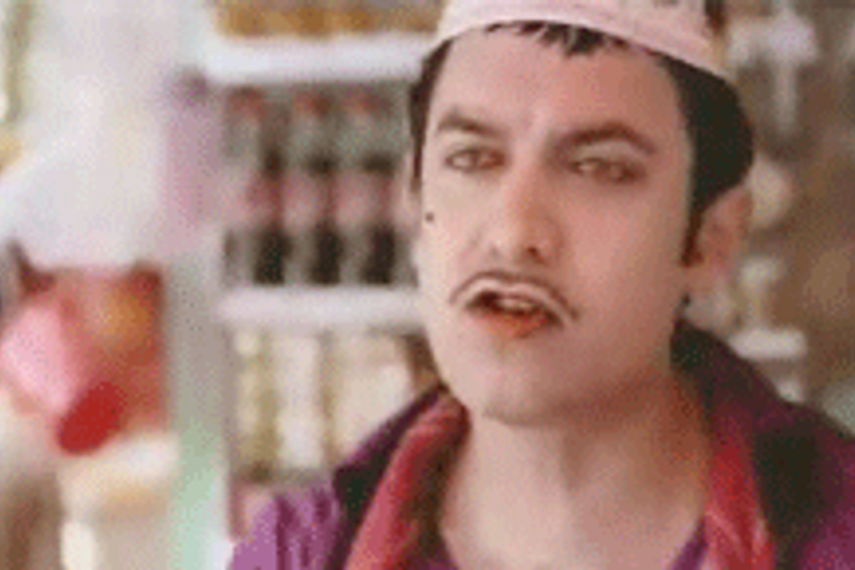
Please sign in or register
Existing users sign in here
Having trouble signing in?
Contact Customer Support at
[email protected]
or call+91 22 69489600
CNBC Awaaz launches Storyboard in Hindi, and we thought it was a good time to check with creative professionals on the role that Hindi (and other. Indian languages) play in advertising in India. We found that knowing at least one Indian language is a MUST!Piyush Pandey, Executive chairman and creative director, South Asia, Ogilvy Is it a distinct added advantage today for creatives to have a command over at least one Indian language?

Contact Customer Support at
[email protected]
or call+91 22 69489600
Top news, insights and analysis every weekday
Sign up for Campaign Bulletins
The AI-led rural activation in Uttar Pradesh enables homemakers to feature in personalised video stories celebrating their everyday ‘Josh’.
The collaboration connects Pexpo’s focus on sustainable steel bottle manufacturing with the film’s narrative of strength, discipline and conscious choices.
The campaign translates holiday movie-inspired looks into an OTT-style shopping experience on its website.
The India campaign features Ananya Panday and Lakshya as new global ambassadors.